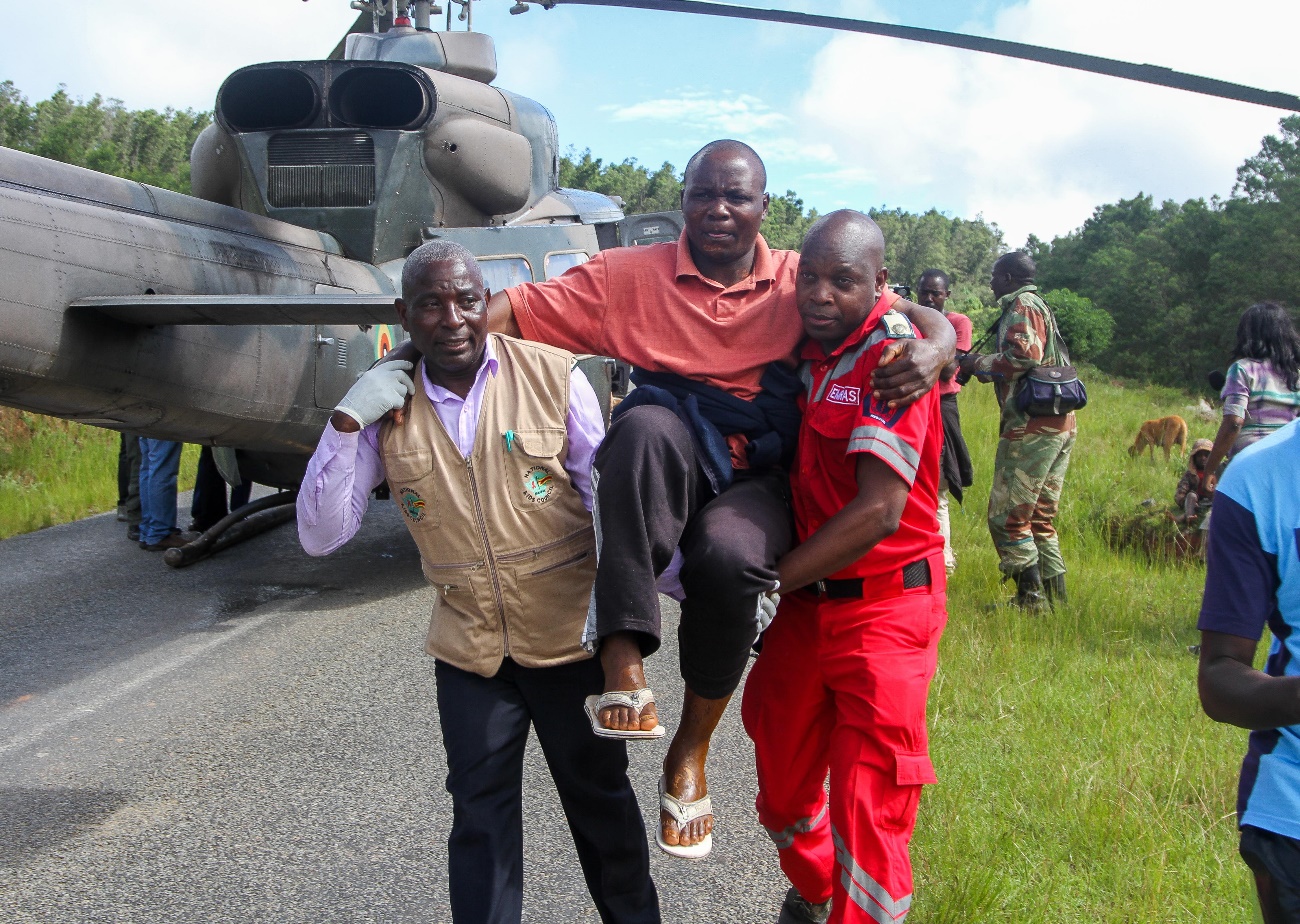Context
In March 2019, Cyclone Idai struck Mozambique, Zimbabwe, and Malawi, displacing millions and causing widespread devastation. Beyond the visible destruction of homes, schools, and hospitals, survivors faced an immense mental health crisis. The cyclone left a trail of grief, fear, and trauma, with many individuals losing loved ones, homes, and livelihoods overnight, plunging them into despair.
Survivors also experienced the uncertainty of displacement, often forced into overcrowded camps with inadequate resources. Acute Stress Disorder (ASD) became widespread, with symptoms such as emotional numbness, flashbacks, and constant anxiety. Women and children, particularly vulnerable in displacement camps, faced heightened risks of abuse and exploitation, compounding their trauma.
The lack of mental health infrastructure worsened the crisis. In Mozambique, where Cyclone Idai hit hardest, mental health services were scarce, with only a handful of psychiatrists available nationwide. Pre-existing stigma surrounding mental health care further discouraged many from seeking support. Meanwhile, ineffective early warning systems left communities unprepared, adding to the psychological burden. Messages about the impending cyclone often failed to reach rural areas or were delivered in unfamiliar languages, increasing panic and feelings of helplessness.
The disaster highlighted the devastating long-term consequences of neglecting mental health during emergencies. Without intervention, acute trauma often evolves into chronic conditions like Posttraumatic Stress Disorder (PTSD), depression, and anxiety, affecting survivors’ ability to recover financially, maintain relationships, and support their families.
Outcome
Cyclone Idai’s aftermath revealed critical gaps in mental health preparedness but also provided valuable lessons for future disasters. Initial responses focused on immediate survival needs—food, water, and shelter—leaving mental health support largely overlooked. However, as the scale of the psychological crisis became apparent, international and local organizations took steps to address the challenges.
Community-Based Mental Health Interventions: Local NGOs and international agencies established peer support groups within displacement camps. These groups provided safe spaces for survivors to share their experiences and regain a sense of community. Such initiatives were particularly effective in fostering resilience among women, who often play central roles in family and community recovery.
Child-Centered Support: Children were among the most affected by the cyclone’s trauma. Programs like art therapy, storytelling, and play therapy offered safe ways for children to process their emotions. Schools were also used as hubs for psychosocial support, helping children return to a sense of routine and stability.
Training Local Healthcare Workers: To address the shortage of mental health professionals, international organizations trained local healthcare providers in evidence-based trauma care, such as cognitive behavioral therapy (CBT). These providers were then able to identify and treat symptoms of ASD and PTSD, helping survivors recover before conditions became chronic.
Integration of Mental Health into Primary Care: Mental health services were embedded in primary care clinics, making them more accessible and reducing stigma. Survivors could receive support for trauma alongside physical health care, streamlining recovery efforts.
Improving Early Warning Systems: Cyclone Idai highlighted the importance of effective communication before disasters. Efforts were made to develop early warning systems that used clear, multilingual messaging in local languages, ensuring that warnings reached rural communities and were easily understood.
Although these interventions made a difference, they were reactive and underscored the need for proactive mental health preparedness before disasters occur.
Key Takeaways
- Mental health is a core component of disaster response: Addressing trauma early prevents long-term conditions like PTSD and depression.
- Train local professionals before disasters: Building local capacity ensures timely and culturally sensitive care during crises.
- Clear and accessible communication saves lives: Early warning systems must include multilingual messages to reduce panic and improve preparedness.
- Integrate mental health into primary care: Embedding services into existing healthcare structures makes support more accessible and reduces stigma.
- Mental health recovery strengthens economic and social resilience: Supporting survivors’ emotional well-being helps them return to work, rebuild relationships, and contribute to recovery efforts.

